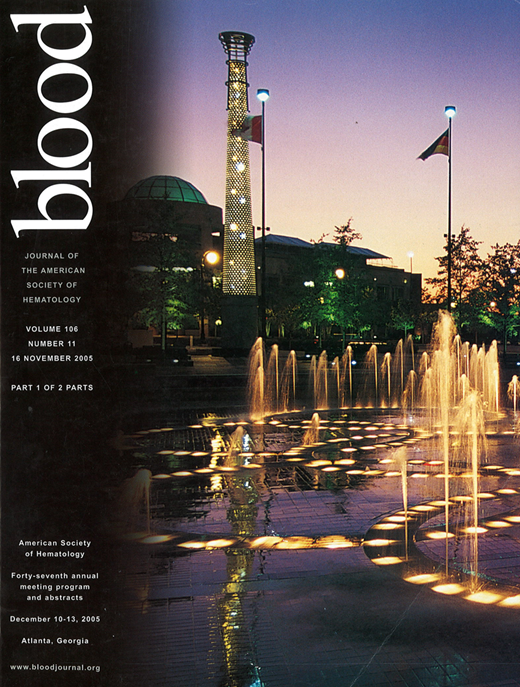Abstract
Antibody-dependent cellular cytotoxicity (ADCC) mediated by PBMC’s is believed to play an important role in the anti-tumor effects of rituximab in patients (pts) with NHL but little is known about the trafficking of PBMC’s into the involved nodes. The primary objective of this pilot study is to demonstrate the feasibility of imaging PBMC trafficking in pts with NHL prior to and following various forms of therapy, including rituximab. To date, autologous PBMC’s were harvested in 9 pts (7M, 2F, age 49–83 y) using 100 ml of peripheral blood and Ficoll-Paque density gradient for cell separation and then radiolabeled with 400–450 mCi of 111In-oxine. Total number of leukocytes in the final product ranged from 1.5–12x107 (mean=5.5x107) with %PBMC’s ranging from 40–98 (mean= 75). The radiolabeling efficiency ranged from 53 to 87% (mean = 71) Viability of PBMC’s by trypan blue exclusion was 99–100%. Eight patients were imaged at baseline and six of these also following 2 cycles of rituximab (n=5) or one cycle of R-CHOP (n=1). Imaging was performed at approximately 4, 24, and 48 h after injection of 165–300 mCi of 111In-PBMCs. No significant adverse events were observed. All 8 pts showed the expected biodistribution of PBMC’s in normal organs, such as lung (primarily at 4h) and liver and spleen (at all timepoints). There was no evidence of PBMC localization in normal lymph nodes prior to or posttherapy. In contrast, PBMC localization was seen prior to therapy in ≥ 1 known tumor lesion per pt in all 8 pts and in the 6 pts imaged posttherapy, similar or greater PBMC tumor accumulation was observed. In conclusion, our initial results demonstrate the feasibility of imaging PBMC trafficking in pts with NHL prior to and following therapy with promising initial imaging findings. Our studies could eventually help better understand the role that PBMC play in the anti-tumor effect of rituximab and prove useful in the development of combination treatments such as the use of moAbs and cytokines.

